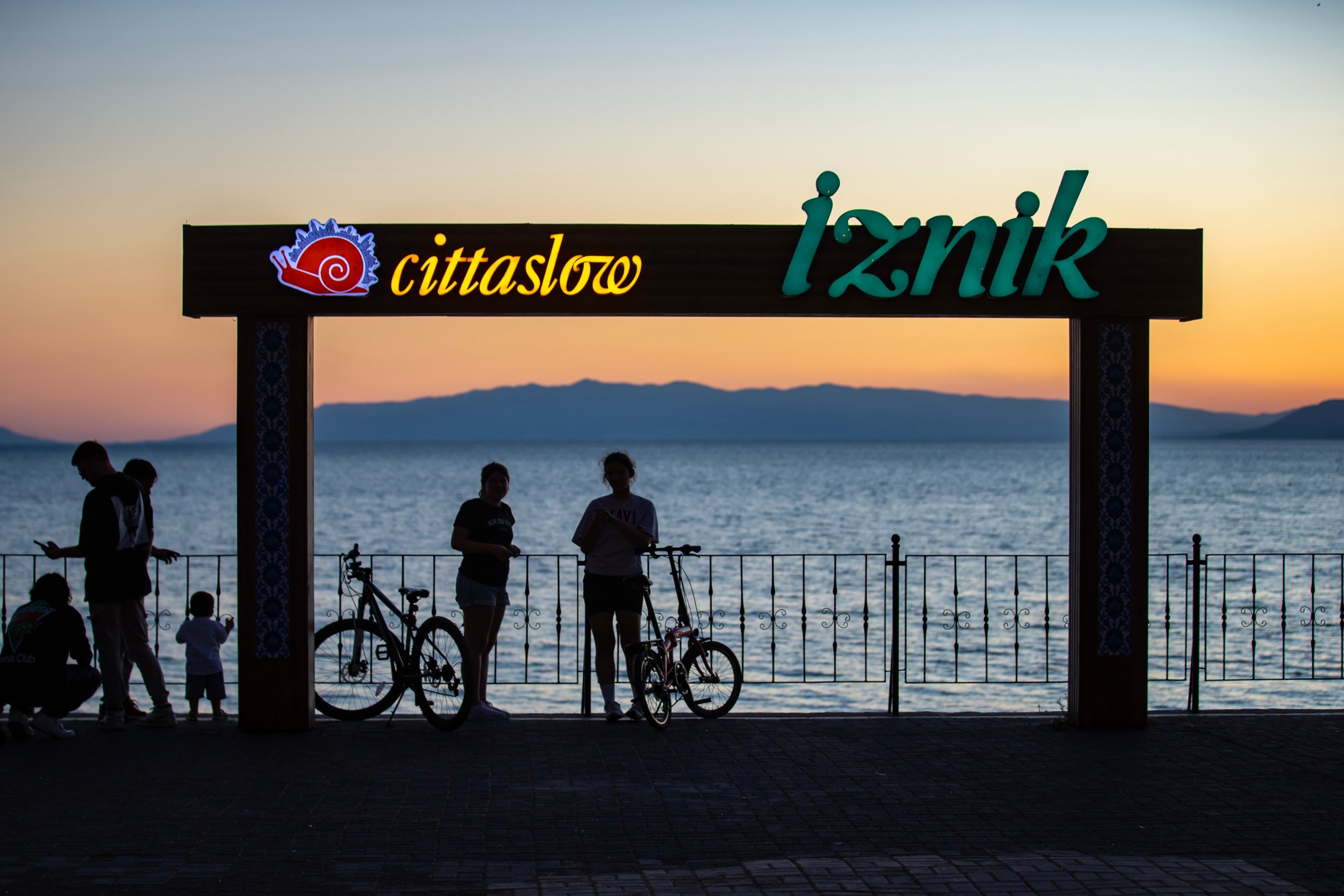© Turkuvaz Haberleşme ve Yayıncılık 2025
The modern era has brought with it not only comfort, but also chaos; not only speed, but deep uncertainty. In a world where everything moves faster by the minute, no one seems certain of anything anymore – not even of themselves. And so, in the very age of acceleration, people have begun searching for what they’ve lost: peace, simplicity and slowness.
Cittaslow – literally "Slow City" – emerged from this very search. Born in Italy, the movement aims to slow down cities not just physically, but also culturally and socially. It encourages people to break free from the rush of consumer culture and reconnect with themselves, their community and the places they inhabit.
Today, slowness is no longer a luxury – it’s a form of resistance. It’s not merely an urban policy; it’s a philosophy of life, an ethical choice. Because now we know: speed leads to forgetting, while slowness fosters remembrance. In this article, as a City Engineer, I will explore how the Cittaslow movement – originating in Italy and rapidly spreading across the globe – has been implemented as a model for local governance, particularly in Türkiye.
It all started in Italy in the late 1980s, when a growing discontent with the spread of fast-food culture sparked a wider social awakening. This resistance gave birth to the "Slow Food" movement, which aimed to protect traditional culinary values. In 1999, its philosophy expanded into urban life, giving rise to Cittaslow.
Cittaslow stands as a response to globalization’s pressure to standardize cities, advocating instead for local identity and the virtues of slowness. Today, over 300 small towns in 33 countries are part of this growing network. Here, slowness is not nostalgia – it’s a conscious choice for a better quality of life.
To be recognized as a Cittaslow, a city must meet a set of specific criteria. The aim of a slow city is to reduce noise pollution, prioritize local cuisine over global fast-food chains, support the use of renewable energy, restore historic buildings and engage all segments of society in shaping urban life.
Becoming a Cittaslow means preserving your own story, your own rhythm, your own music. It means choosing production over consumption, living over rushing, remembering over forgetting. According to the Cittaslow philosophy, a city is not defined solely by its architecture, but also by its relationships, its food, its nature and its soundscape.
To gain the Cittaslow title, a town must meet nearly 80 criteria spanning a wide range of areas – from environmental policies and infrastructure to citizen participation, local food production, hospitality and even digital transformation. These include:
Reducing traffic and noise pollution,

Supporting organic and locally grown agriculture,
Preserving traditional architecture,
Promoting renewable energy sources,
Sustaining cultural heritage,
Ensuring inclusive decision-making for all residents.
Being a Cittaslow is not just about earning a label. It represents a continuous process of transformation, sustained through transparency, regular evaluation and active public participation. Becoming a slow city means carrying the memory of the past into a more intentional, livable future.
Türkiye was introduced to the Cittaslow movement in 2009 through the coastal town of Seferihisar in İzmir Province. As the country’s first city to earn the “slow city” title, Seferihisar opened the door to a new model of local development – one that values sustainability, community and cultural identity. The success of this model quickly gained national attention, and soon other towns followed suit. By 2025, Türkiye had become one of the countries with the highest number of Cittaslow members, boasting over 25 officially recognized towns.
Each of these towns enriches the movement with its own distinct character:

What unites these towns is a shared commitment to a lifestyle that values peace over speed, soil over concrete and creation over consumption. Each one interprets the principles of Cittaslow through its own cultural and ecological lens, becoming a model for a more sustainable future. In these towns, investment is directed not toward concrete and high-rises, but toward land, nature and local texture. Growth is not measured by size or profit – but by harmony, heritage and human well-being. It is a modern philosophy that asks: What if living well meant living slower?
